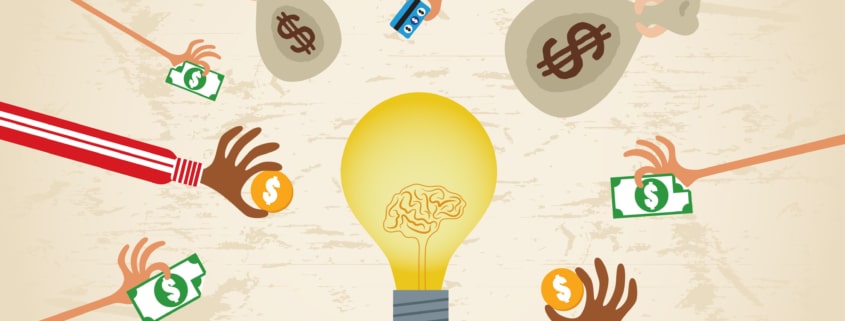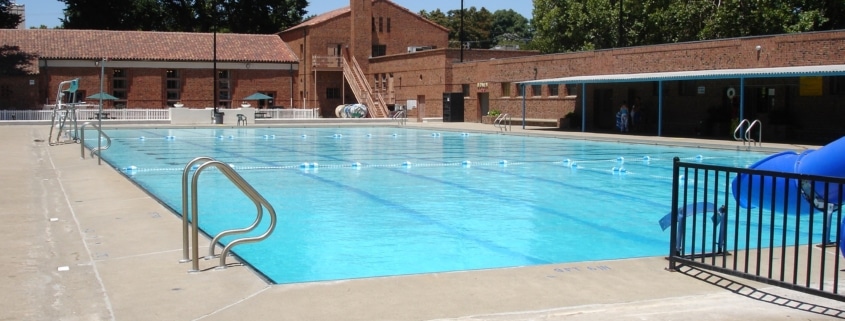Life is a process of trials and errors, and there’s probably no one for whom that statement rings more true than a small business owner. This statement especially applies when small business owners apply for loans to gain much-needed capital to ensure their businesses grow or to smooth out their cash flows. What if, however, a lender denies your application for a small business loan, even though you thought you took all the necessary steps to obtain that financing?
First thing’s first: while getting a business loan rejection is frustrating and disheartening, you need to keep a positive mindset. If your business loan was declined, don’t look at it as a failure, look at it as one of the many lessons you will learn as you run your business. There are specific steps you can take to make sure you get approved the next time around – and it might not take as long as you think.
The following are steps to take after you’ve been rejected from a business loan and how you can improve your situation to increase your chances of approval on your next attempt.
Talk to Your Lender
The first thing you should do after being rejected for a small business loan is try to get into the mindset of the lender.
Small business lenders – be it traditional banks, alternative lenders or credit unions – make money by giving loans and collecting interest and fees on those loans. Therefore, whenever a small business applies for a loan, they want to be able to approve it. So, if you do get rejected, give them a call, and they will be happy to give you the specific reasons why your application was rejected.
Also, keep in mind that lenders are in the risk business. The simplest and most general reason that you, the small business owner, gets rejected for a loan is that the lender does not have enough confidence that you will be able to pay back the loan and believe that you represent too much of a risk of default. There are a lot of factors that go into deciding how risky you are as a borrower, and again, the lender will be more than happy to tell you which criteria you didn’t meet.
Improve Your Credit Scores
When you apply for most types of business loans, the first two items the lender will look at are your credit reports – for both your personal credit score and your business credit score. One of the most common reasons small business owners get turned down for loans is that their credit scores aren’t high enough.
You can find lenders that are willing to give loans to those with poor credit scores, but they charge exceptionally high interest rates. So, if you’ve been turned down for a business loan because of your credit scores, it’s worth it to take the time and effort to take steps to improve those scores to avoid paying high interest rates.
Some steps you can take are:
- Check your credit reports. You can easily access your detailed, personal credit reports through the three main credit bureaus – Experian, Equifax, and Transunion, and you should check your business credit score through the most commonly used business credit bureau, Dun & Bradstreet. Check for any errors that may be dragging your score down. Remember, in 2022 it was found that on average, 1 in 5 people had errors on their reports. You may have to pay a small fee to gain access to your reports, but it’s worth it in the long run.
- Make sure you have at least 6-9 months’ worth of on-time payments towards your existing debts. This includes payments towards business and personal credit cards and any other debt your small business may have. Nothing hurts your credit score more than a history of late payments on your debt.
- Pay down existing debt. Credit utilization (the amount of debt you have on your credit cards or business lines of credit vs. your credit limit) is factored heavily into your credit score, so if you can, take a few months to bring that number down.
- Get another credit card. This might seem counterintuitive at first as you may be thinking, ‘The last thing I need is another credit card.’ However, getting another personal or business credit card (but not using it!) will decrease your credit utilization and can boost both your personal FICO and business credit scores. BUT, note that this will only help in some situations and it may take some time for you to see the positive impact. Getting a new card can initially lower your score due to the hard credit pull by the card issuers. In addition, a new card can lower the average age of your accounts. However, the longer-term gain may just be what you need to tip the scales in your favor!
- Get trade references. If you have good relationships with your suppliers, you can try to convince them to write letters to your credit bureaus stating such. These letters are called trade references, and they can boost your business credit score as most business credit bureaus don’t initially factor that into your credit report.
Reconsider Your Financing Options
A term loan from a traditional bank isn’t the only way to get the capital you need for your small business, nor are traditional banks the only types or lenders out there. There are financing products in which lenders don’t put as heavy of an emphasis your credit scores, such as:
- Secured loans. A secured bank loan or business line of credit will emphasize credit scores less since they are backed by collateral.
- Equipment loans. Equipment loans use the equipment being purchased as collateral, so your credit scores typically don’t have to be as high as they would for a standard business loan.
- Small Business Administration (SBA) microloans and 504 loans. These types of SBA loans are backed by the SBA and are often geared towards younger small businesses, women- and minority-owned small businesses and small businesses that operate in underserved communities, so lenders typically don’t heavily emphasize credit scores when approving these loans.
Also, if you’ve gotten a loan rejection from a traditional bank (especially for a SBA 7a loan, which has very high standards) because your credit scores are borderline, you may want to try applying with an alternative lender. Alternative lenders often have simpler business loan applications and are more willing to approve borrowers with borderline credit than traditional banks.
Improve Your Cash Flow
Almost every type of lender will want to see several months worth of bank statements for your business, as well as several years of tax returns in order to gauge your cash flow history. Cash flow is simply the money flowing into your small business vs. the money that’s flowing out. In some cases, you could get rejected for a loan if your cash flow isn’t strong enough.
In this case, you may want to seek ways to improve that cash flow, but it may be a painful process. The most immediate way to improve your cash flow is to curb your business expenditures. This may mean letting some employees go and curbing excessive business expenses such as trips, business meals, cutting down on low-selling inventory, etc. Doing so could very well get you approved next time.
Improve Your Business Plan
Traditional banks often require you to present your business plan, especially if you are applying for an SBA 7a loan, which has strict borrowing requirements. If you’re seeking a loan to expand and grow your business, you need to convince the lender that you are going to increase your revenue stream. This is where a business plan comes in handy.
A detailed business plan tells a lender that you’ve done your research about the market your business operates in, why you believe your business has an edge on its competitors, and how you plan to make money. A convincing and detailed business plan can mean the difference between an approval or a rejection. You can find business plan templates online, and many of them are free.
Take an Inventory of Your Assets
If your credit scores are borderline, a traditional bank or credit union may ask for a personal guarantee for your loan, which often means putting up collateral. Collateral can include any investment accounts you may have, personal items of high value or even the deeds to your house or car. Keep in mind that these assets can be seized in the event that you default on your loan payments.
Of course, putting up collateral presents a high risk to you, the borrower, but it does have potential rewards. Collateralized loans or business lines of credit can notch you a higher borrowing amount and lower interest rate, as well as cut down on fees and required balloon payments. In essence, collateral can dramatically cut the cost of capital on your loan.
Try to Expunge Your Record
While it’s rare, small business owners may get rejected for a loan because many lenders want to do business with people of “high character.” This means that if you’ve made a mistake in the past and have been convicted of a crime, late on child support payments, or have an IRS tax lien on your finances, lenders will consider this a red flag and you may get rejected for a loan. If this is the case, you may want to speak to your attorney to see if you can get your record expunged, and get caught up on any child support payments or back taxes you may owe.
Don’t Give Up
We all know the line made famous by The Godfather: “It’s not personal, it’s just business.”
This is precisely the case when you’re turned down for a business loan. If you do get rejected, don’t take it personally, and don’t give up. All a loan rejection means is that you need to take steps in order to get approved next time so that you can get the funding you need to improve your small business. Follow the above outlined steps to improve your situation so that, next time, you can get the funding you need to enhance your small business.










